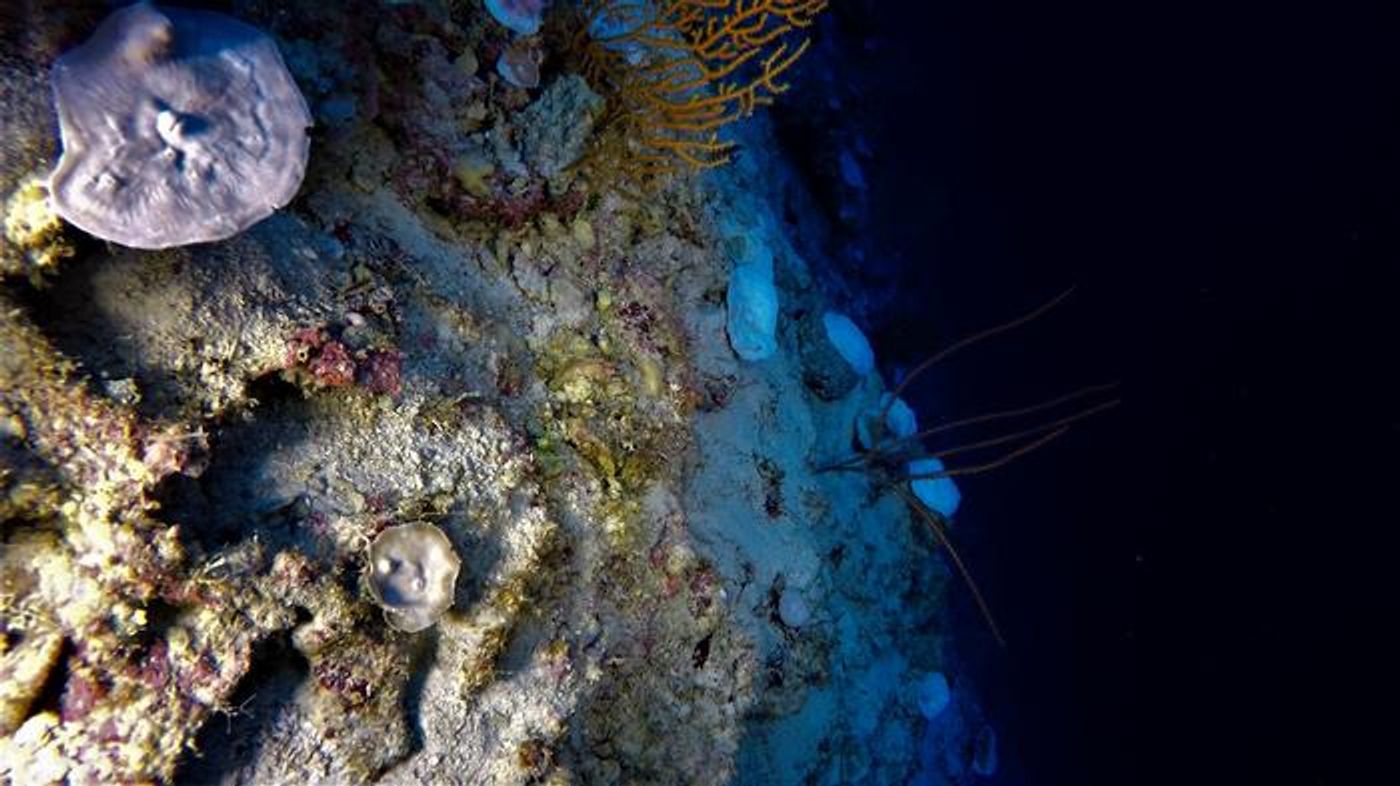Deep Coral Reefs Face Unprecedented Bleaching in the Indian Ocean
A recent study published in Nature Communications demonstrates evidence for how climate change has caused coral reef bleaching to occur at depths of 90 meters (295 feet), which were previously thought to be safe from such damage. Until now, scientists had long thought that depths of 30 to 150 meters (98 feet to 492 feet) were safe from coral reef bleaching.
However, this most recent study not only highlights that coral reef bleaching has become prevalent in depths previously unobserved, but also how corals in those shallow depths have been simultaneously untouched by bleaching. This study was conducted by a team of researchers at the University of Plymouth and holds the potential to help scientists better understand the long-term effects of climate change on coral reef bleaching and what steps can be taken to mitigate it.
“There are no two ways about it, this is a huge surprise,” said Dr. Phil Hosegood, who is an Associate Professor of Physical Oceanography at the University of Plymouth and a co-author on the study. “Deeper corals had always been thought of as being resilient to ocean warming, because the waters they inhabit are cooler than at the surface and were believed to remain relatively stable. However, that is clearly not the case and – as a result – there are likely to be reefs at similar depths all over the world that are at threat from similar climatic changes.”
For the study, the researchers analyzed corals in the Chagos Archipelago in the central Indian Ocean and observed the first signs of bleaching in 2019 via remotely operated underwater vehicles. The researchers observed that while corals at shallow depths were not observed to exhibit bleaching, corals deeper in the waters had clear indications of bleaching damage. Over the next several months, they used a combination of satellite data and additional in situ analyses to further assess the bleaching in the area.
Image of coral damage observed by an underwater vehicle during a research cruise by the University of Plymouth in November 2019. (Credit: University of Plymouth)
They found that while ocean surface temperatures remained relatively constant, deeper ocean temperatures had increased from 22 degrees Celsius to 29 degrees Celsius (72 degrees Fahrenheit to 84 degrees Fahrenheit), which they say was primarily due to changes in the Indian Ocean Dipole, also known as thermocline deepening. While subsequent expeditions in 2020 and 2022 revealed the corals had largely healed, the researchers emphasize the importance of tracking bleaching activities in the deep ocean, despite the technological challenges.
“The oceanography of a region is impacted by naturally occurring cycles that are becoming amplified by climate change,” said Dr. Hosegood. “Currently, the region is suffering similar, if not worse, impacts due to the combined influence of El Nino and the Indian Ocean Dipole. While there is no way we can stop the thermocline from deepening, what we can do is expand our understanding of the impacts that these changes will have throughout these environments of which we have so little knowledge. In the face of fast-paced global change, that has never been more urgent.”
This study highlights the need for further research into coral reef bleaching, specifically at depths previously thought to be safe from bleaching, and especially since corals spanning the globe still require investigations.
What new discoveries will researchers make about coral reef bleaching in the coming years and decades? Only time will tell, and this is why we science!
As always, keep doing science & keep looking up!
Sources: Nature Communications, National Oceanic and Atmospheric Administration, EurekAlert!, Wikipedia, Wikipedia (1)









